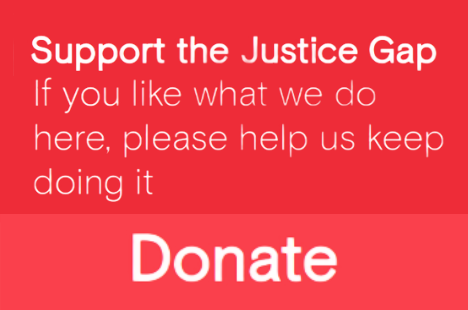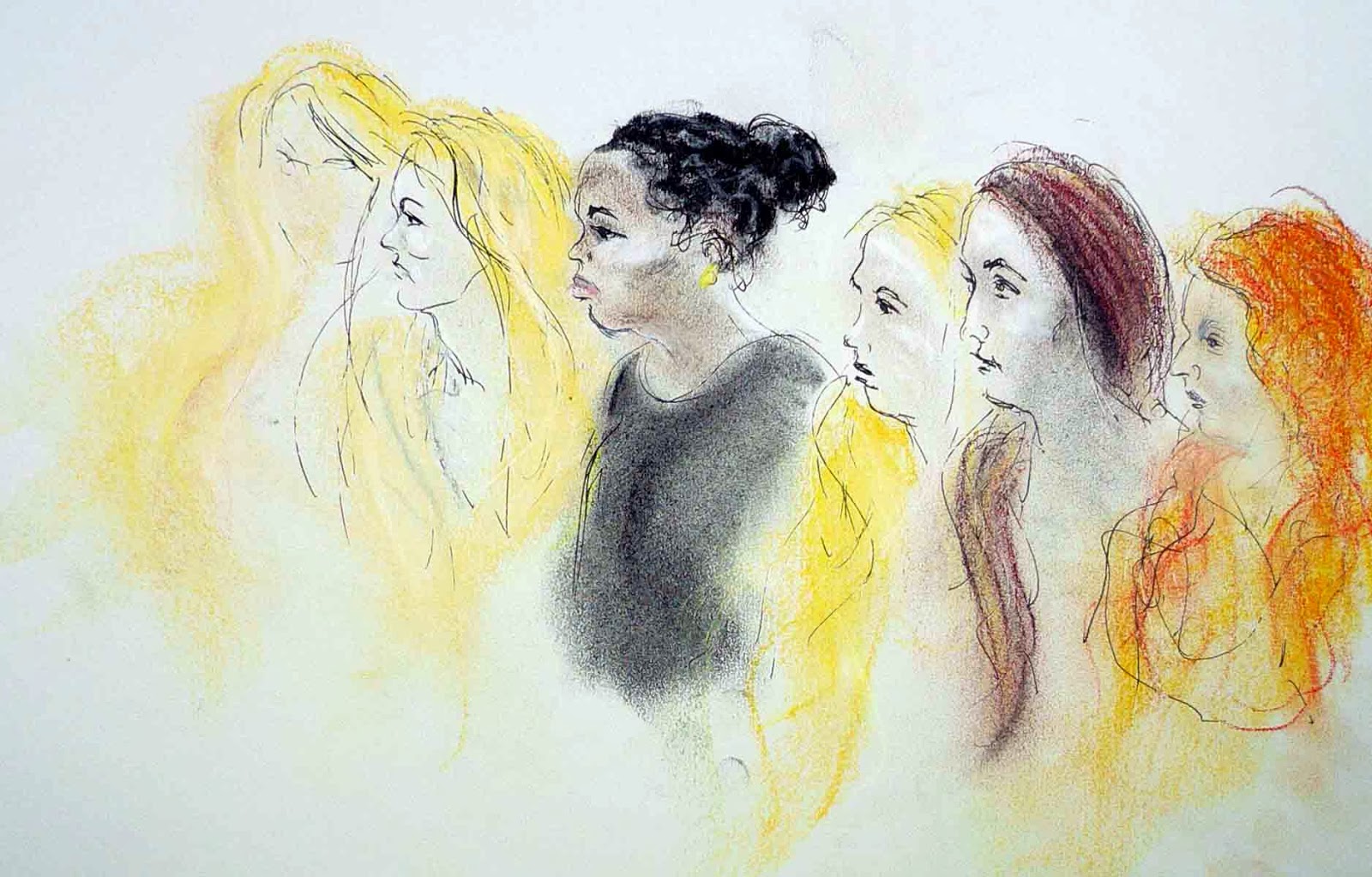Advances in neuroscience indicate the age of criminal responsibility – 10 years in England and Wales – might be too low, according to a study. The Royal Society report (Neuroscience and the law) indicates that at the age of 10 parts of the brain connected with decision-making and judgement are still developing.
‘There’s now incontrovertible evidence that the brain continues to develop throughout adolescence,’ Professor Nicholas Mackintosh, who chaired the working group that compiled the study, told the BBC. He said some regions of the brain were not fully mature ‘until at least the age of 20’.
In other European countries the age of criminal responsibility is far higher – for example, 18 years in Belgium and 16 in Spain.
- You can hear Prof Mackintosh discuss how neuroscience is challenging notions of criminal responsibility HERE. Neuroscience has confirmed what most parents already know. Adolescents are not wholly responsible and are inclined to take risks in irresponsible ways. This at least associated with the fact that the brain continues to grow in adolescence and in particular the prefrontal cortex – that part of the brain most responsible decision-making, impulse control, cognitive control – is the slowest to develop and not fully developed until 20 at least. Neuroscience adds to the evidence that 10, 12, or 15 is not a fully adult brain.’
- You can read Kim Evans on the age of criminal responsibility HERE.
A neuroscientific perspective on brain development and criminal responsibility (from Neuroscience and the law)
In England the age of criminal responsibility is ten. This means that up to the age of ten a child will not be held responsible for criminal acts. From the age of ten however, in the eyes of the law, a child is accountable in the same way as an adult for their behaviour, and is deemed sufficiently mature to stand trial and to engage in legal processes (the child is ‘fit to plead’). This contrasts with other Western European countries that have higher ages of criminal responsibility.
Neuroscience is providing new insights into brain development, revealing that changes in important neural circuits underpinning behaviour continue until at least 20 years of age. The curves for brain development are associated with comparable changes in mental functioning (such as IQ, but also suggestibility, impulsivity, memory or decision- making), and are quite different in different regions of the brain. The prefrontal cortex (which is especially important in relation to judgement, decision-making and impulse control) is the slowest to mature. By contrast, the amygdala, an area of the brain responsible for reward and emotional processing, develops during early adolescence. It is thought that an imbalance between the late development of the prefrontal cortex responsible for guiding behaviour, compared to the early developments of the amygdala and associated structures may account for heightened emotional responses and the risky behaviour characteristic of adolescence.
There is huge individual variability in the timing and patterning of brain development. This could be taken to imply that decisions about responsibility should be made on an individual basis at this stage of development.
Neuroscience may also help to provide an understanding of how early adversity alters brain development. Adults who have suffered from adverse early experiences are more likely to demonstrate elevated levels of risk taking behaviours, akin to the behavioural characteristic of adolescence. Studies have revealed that these adults also show heightened neural response in subcortical limbic brain regions during reward processing tasks.






